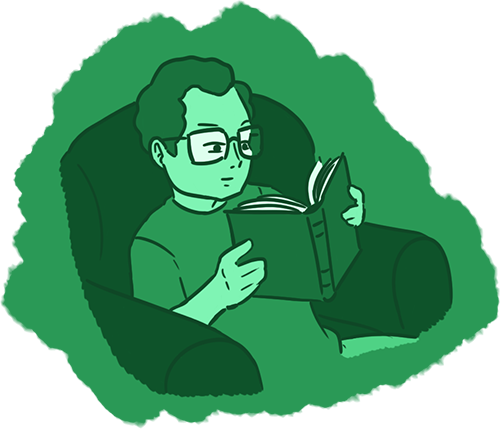The DiSC Model - Understanding People’s Personal Styles
We all have team members who we find are hard to communicate with and to work alongside. Yet, for the sake of our teams and organizations, we need to make these relationships work. The good news is there are ways of doing this. A good starting point is to understand more about your own personality, and that of the other person.
Personality has been studied for centuries, and this research has led to various ways of categorizing behavioral styles. When you understand some of these, you will get to know what makes others “tick” and learn how to get the most from your team members in a way that benefits them as well as the organization.
The DiSC model, based on the work of psychologist William Moulton Marston, is a popular, straightforward, standardized, and relatively easy way to assess behavioral styles and preferences. The tool classifies peoples’ behavior into four types (Dominance, Influence, Steadiness, and Conscientiousness) by looking at their preferences on two scales:
Task vs. People
Fast-Paced vs. Moderate-Paced
These preference scales form the axes of the DiSC model. The behavioral types are shown down below.
Why DiSC?
The DiSC assessment uses standardized data from a large population of people who’ve already taken the test. An individual’s score gives an indication of his preferences relative to others’. By using the tool, you might learn for example, that you are very people-oriented compared with others. This may lead you to use a more task-oriented approach in situations where you want to build a better rapport with task-oriented members of you team.
Behavioral models like this can help you deal with the many different people you interact with in your professional and personal life. By understanding that everyone has different preferences, you can improve your interpersonal relationships and manage team members in a way that plays to their strengths.
Each of us has a different way of thinking, feeling and acting which is valuable to a team or organization. A team that actively seeks people with diverse behavior styles builds a richness of perspective and enlarges the potential depth and scope of operations. That is, people with different behavioral patterns are more likely to complement, rather than duplicate each other’s strengths and serve in a check-and-balance capacity.
In leadership positions, this knowledge allows us to evaluate the diversity of styles within the organization in order to obtain a balanced approach to achieving the goal of the organization.









